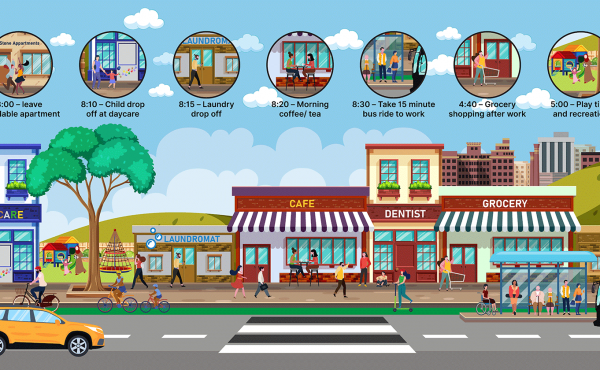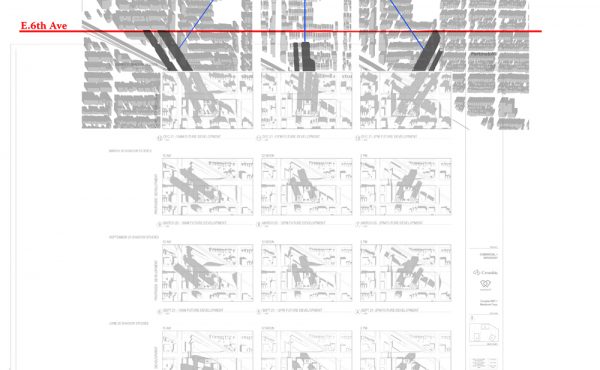
The past few months have seen increasing concerns of recession and economic turmoil. With an American economy teetering on the edge of a dark precipice and rising fuel costs affecting all aspects of our daily lives, a growing number of people have been boasting the death of housing affordability as an issue of importance in Vancouver. Instead, many argue that concerns around surviving the incoming wave of recession will be the most urgent urban dilemma and that affordability should necessarily fall by the wayside.
Although a cooling housing market and an increasing housing inventory seems to give merit to this argument, I am averse to unsubstantiated generalizations, especially when dealing with exceedingly complex organisms like cities. To me, the argument oversimplifies the complex forces that truly affect our cities and their development.
Population growth is one of the primary forces behind urban development – both physically and economically. Despite the fact that market forces and speculation also play a large role, it is mainly because they anticipate an increase in population and the demand that comes with it.
With this in mind, the argument outlined above – that equates national economic trends to local population growth – undermines the larger global forces that lead to an increase in urban inhabitants. As we will see, this point is particularly relevant to Vancouver.
Decades ago, Constantinos Doxiadis – father of Ekistics, the science of human settlements – stated that the population size of a particular urban settlement depended on 2 critical aspects: its role in the larger settlement system of which it is a part, and its ability to provide the fundamental services required by its inhabitants.
Addressing Doxiadis’ first point, at the global scale, the increasing growth of urban populations worldwide is unquestioned. Simply put, more people are moving into cities for a variety of reasons. This is certainly the case in Canada and was made explicit by the results of the Canadian Census in 2006.
As a part of this system, Vancouver is well situated at Canada’s western edge—the country’s gateway to the Orient—and is home to one of the most active ports in the country. Furthermore, it is one of the three major urban centers that make up the Cascadia corridor, alongside Portland and Seattle.
Thus, there is little doubt that Vancouver’s important location within this larger national and global system has contributed significantly to its prosperity to date. Moreover, this secures its long-term future as an attractive node for immigrating populations seeking to benefit from the economic bounty that results.
Vancouver’s great standing, however, loses momentum when considering its role to provide its inhabitants with the services they require—of which a home to live in is the most basic. Within this context, discussions regarding housing affordability, contrary to becoming irrelevant, become critical to securing Vancouver’s future well-being.
This series will humbly attempt to explore and untangle some of the key issues related to affordability and its effect on the development (economic and otherwise) of Vancouver. More specifically, I will look at the detrimental costs of unaffordable housing as it relates to population diversity and the environment.
This is not meant to be a comprehensive study. Rather, it is a personal attempt to cut through to the heart of a topic that is often brushed over by local politicians and municipal officials with slick tongues and vague promises. Unfortunately, its real impacts have forced friends and family to start looking for better lives in different cities in the face of ever-decreasing hope that our city will ever be able to offer them affordable options.
***
Other pieces in this series:
- The Costs of Unaffordability – Introduction
- The Costs of Unaffordability – Part 2: Affordability and Diversity
- The Costs of Unaffordability – Part 3: Affordability and Environment
- The Costs of Unaffordability – Part 4: Affordability in Vancouver
- The Costs of Unaffordability – Part 5: Epilogue
**
Erick Villagomez is one of the founding editors at Spacing Vancouver.




